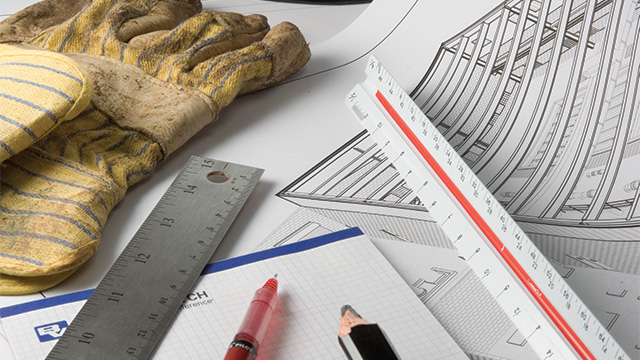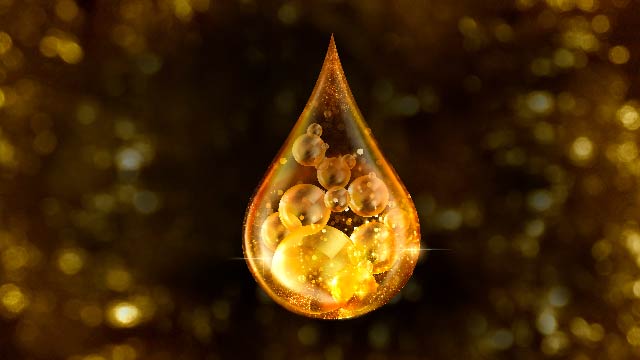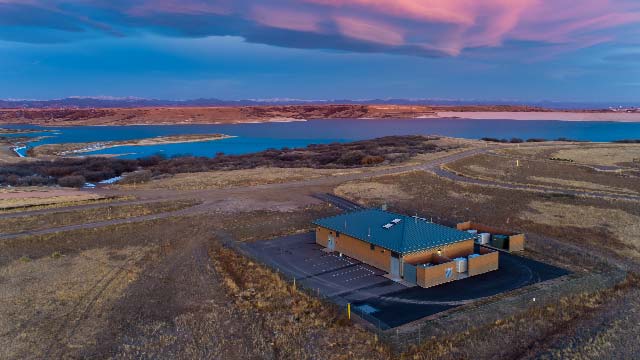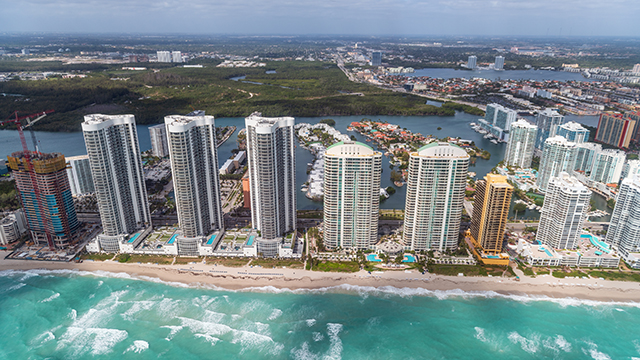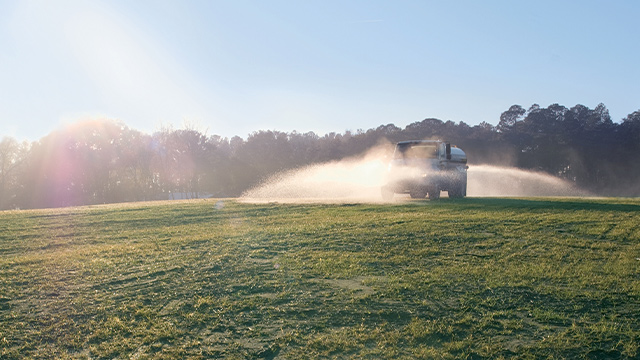Membrane Bioreactor (MBR) technology is a fast-emerging treatment process that reduces the amount of space needed to treat used water to advanced or tertiary levels of treatment. Studies show that MBR can produce treated used water that is of a quality high and consistent enough to be discharged or reclaimed for urban irrigation.
MBR offers a shorter route to more advanced levels of used water treatment for many rapidly modernizing cities in Asia looking to reduce environmental impacts from its used water system. Or, as in the case of land scarce Singapore, a way to further improve the land efficiencies of its existing advanced water treatment facilities.
Singapore’s national water agency PUB is currently retrofitting the Changi Water Reclamation Plant (CWRP) with MBR technology. Completed in 2008, the CWRP is the largest water reclamation plant (WRP) in Singapore with a treatment capacity of 800,000 cubic meters per day (m3/d).
Minimizing Wastage
PUB had already implemented its first full-scale MBR facility at Jurong WRP when it decided to partially retrofit CWRP with MBRs as part of plant upgrading. Without incurring additional footprint, the upgrade would retrofit four of the existing 24 conventional bioreactors into an MBR facility, increasing the treatment capacity from 800,000m3/d to 920,000m3/d over two stages.
Black & Veatch successfully completed stage one of the MBR upgrade project in CWRP in September 2015, and is embarking on stage two. In stage one of the project, Black & Veatch studied, conceptually designed and supervised the construction of the plant. In stage two of the project, which will also feature ceramic membranes together with the polymeric membranes, the team expanded its role to provide detailed design for the project as well.
An internal configuration for the MBR was selected at CWRP. This means that the membranes are immersed in and integral to the existing biological reactor. This tends to be preferred as it has a smaller footprint compared to the external option, and does not require extensive new civil and structural building. In an internal configuration, an MBR plant would require fewer pumps, thus reducing energy consumption and bringing increased cost efficiencies.
At CWRP, a portion of the treated water is further purified in a recycling facility to produce NEWater, Singapore’s brand of ultra-clean, high-grade reclaimed water. Thus, it is crucial for CWRP’s effluent water quality to consistently meet the requirements for the water recycling plants to minimize any interruptions to NEWater production. And the MBR is proving successful in meeting these business critical requirements.
Working in a Tight and Confined Space
The implementation of the MBR at CWRP was far from straightforward. Modifications had to be completed while the plant continued to treat 800,000m3/d of water around the clock. At some points, construction work was carried out in 24-hour shift work basis.
The MBR facility had to leverage on the existing infrastructure. For example, the MBR facility was linked to the existing blower system, and plant drainage. Black & Veatch worked with a limited shut down period for the existing plant, to minimize impact to the plant processes while meeting project timeline
Carrying out modifications in an indoor area increased the logistical complexity of the project. Height limitations for machines were more acute. In addition, as the treatment plant was underground, construction access to some areas was difficult.
Building on Experience
Learning from its experience working on Singapore’s first full-scale MBR project in Jurong was a critical factor that helped Black & Veatch resolve challenges in CWRP.
Black & Veatch was selected by PUB to study, design and supervise the construction of the 68,000 m3/d Jurong MBR facility at Jurong Water Reclamation Plant (JWRP) in Singapore. With limited land area to expand, retrofitting work for the MBR had to be carried out in an operational plant. This proved daunting, since disruption to the plant’s normal operation had to be avoided or minimized. Black & Veatch had to closely coordinate with PUB and the contractors to ensure that the MBR was completed.
The upgraded facility at JWRP is located near major industry sites on Jurong Island – a petrochemical and industrial hub home to many of the world’s leading energy and chemical companies, including BASF, ExxonMobil, Lanxess, Mitsui Chemicals, Shell and Sumitomo Chemicals. Many of these industries require water for cooling and other purposes, and the “industrial water” produced by the MBR proved ideal in terms of cost and water quality. The MBR installation at Jurong WRP therefore demonstrates its use for reuse applications, which is particularly relevant as Asia continues to develop and attract new manufacturing and industrial processing.
Close interactions between Black & Veatch and PUB throughout the design process to understand client needs and requirements facilitated project success. Black & Veatch worked closely with PUB and the contractors at the sites to ensure that no existing infrastructure would be damaged or interfered with during the construction stage.
The end results are facilities that are paving the way for further MBR implementation through land constrained cities in Asia.

